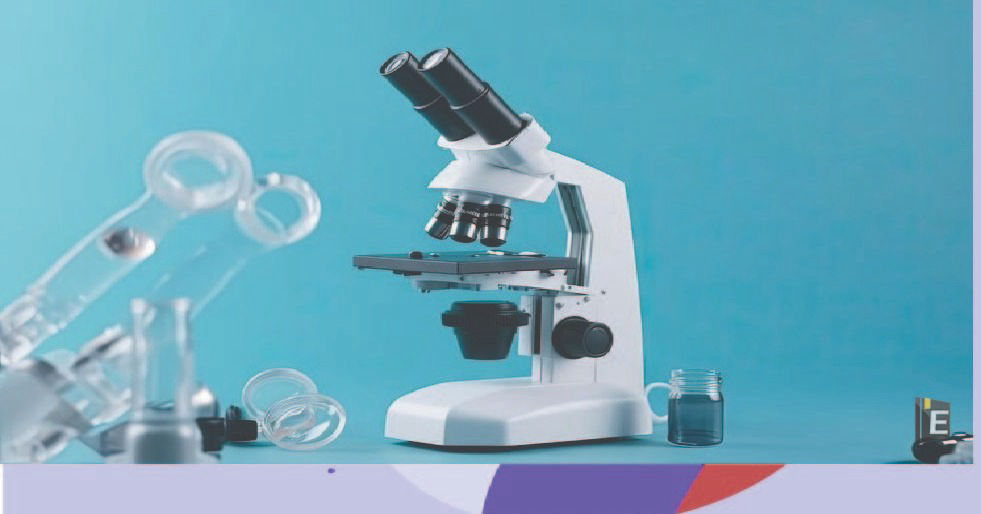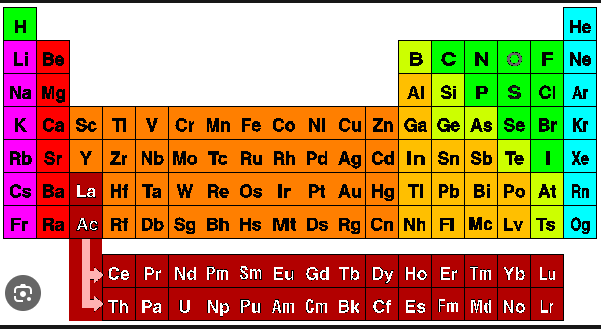Chemistry GK Questions and Answers for Competitive Exams

Identify a class of compounds that has a functional group –OH.
(A) Alcohol
(B) Ethane
(C) Ketone
(D) Aldehyde
Correct Answer : A
Explanation :
1. That class of compounds, which contain a functional group –OH, is called alcohol.
2. Alcohols contain a hydrogen atom and a hydroxyl group (-OH) along with a carbon atom.
3. The hydroxyl group is a polar group, which makes the alcohol soluble in water.
Hydrogen resembles the properties of which two groups of the periodic table?
(A) Group 2 and Group 17
(B) Group 1 and Group 3
(C) Group 1 and Group 17
(D) Group 2 and Group 4
Correct Answer : C
Explanation :

2. Following is some additional information about the properties of hydrogen.
- Hydrogen is a highly flammable gas.
-Hydrogen is a major component of water.
- Hydrogen can be used as fuel.
Hydrogen is used in the chemical industry to make many types of products.
The Nobel Prize in Chemistry 1951 was awarded jointly to Edwin Mattison McMillan and ______ for their discoveries in the chemistry of the transuranium elements
(A) Jacob Berzelius
(B) Leon Jouhaux
(C) Glenn T Seaborg
(D) Albert Schweitzer
Correct Answer : C
Explanation :
Edwin Mattison McMillan (September 18, 1907 – September 7, 1991) was an American physicist credited with being the first to produce a transuranium element, neptunium. For this, he shared the 1951 Nobel Prize in Chemistry with Glenn Seaborg.
In 1845, which German chemist published a method for the synthesis of acetic acid, a natural product containing two carbon atoms?
(A) Friedrich Wohler
(B) Marcellin Berthelot
(C) Joseph Gay-Lussac
(D) Hermann Kolbe
Correct Answer : D
Explanation :
1. In 1845, the German chemist who published a method for the synthesis of 'acetic acid', a natural product containing two carbon atoms, was Hermann Kolbe.
2. He created carbon disulfide with chlorine, and the end result was carbon tetrachloride.
The electron configuration of the atom with the atomic number '20' is?
(A) 2, 8, 10
(B) 2, 6, 8, 4
(C) 2, 8, 8, 2
(D) 2, 10, 8
Correct Answer : C
Explanation :
The electronic configuration of the element with atomic number 20 is 2, 8, 8, 2.
The element with an atomic number of 20 is Calcium, Ca.
The electron configuration is found using the Aufbau principle: 1s2, 2s2, 2p6, 3s2, 3p6, 4s2
It belongs to the 2nd group and 4th period.
How many moles are present in 60.36 grams of water?
(A) 1
(B) 2
(C) 4
(D) 8
Correct Answer : B
Explanation :
The number of moles in 36 grams of water will be 2. The atomic number of any element is its molar mass.
Which of the following was not related to the principles of atomic structure?
(A) John Dalton
(B) Ernest Rutherford
(C) Niels Henry David Bohr
(D) J Chadwick
Correct Answer : D
Explanation :
The Correct Answer is J Chadwick. The atomic structure consists of protons, electrons, and neutrons. The nucleus of an atom consists of Protons and Neutrons. J Chadwick was not associated with the atomic model while the remaining three associated with the atomic model.
The atomic number of an atom of an element is 17 and the mass number is 36. The number of neutrons in its nucleus is
(A) 17
(B) 19
(C) 36
(D) 53
Correct Answer : B
Explanation :
An atom of an element has atomic number 17 and mass number 36. The number of neutrons in its nucleus is 19.
Thin wires can be drawn from a piece of metal. Which property of the metal is it responsible for?
(A) ductility
(B) hardness
(C) malleability
(D) conductivity
Correct Answer : A
Explanation :
The property of metal by which it can be drawn into wires is called ductility.
The difference between the isotopes of an element is due to the presence of different numbers of
(A) Proton
(B) Newton
(C) Electron
(D) Photon
Correct Answer : B
Explanation :
Isotopes are atoms of the same element that have different numbers of neutrons but the same number of protons and electrons. The difference in the number of neutrons between the various isotopes of an element means that the various isotopes have different masses.



